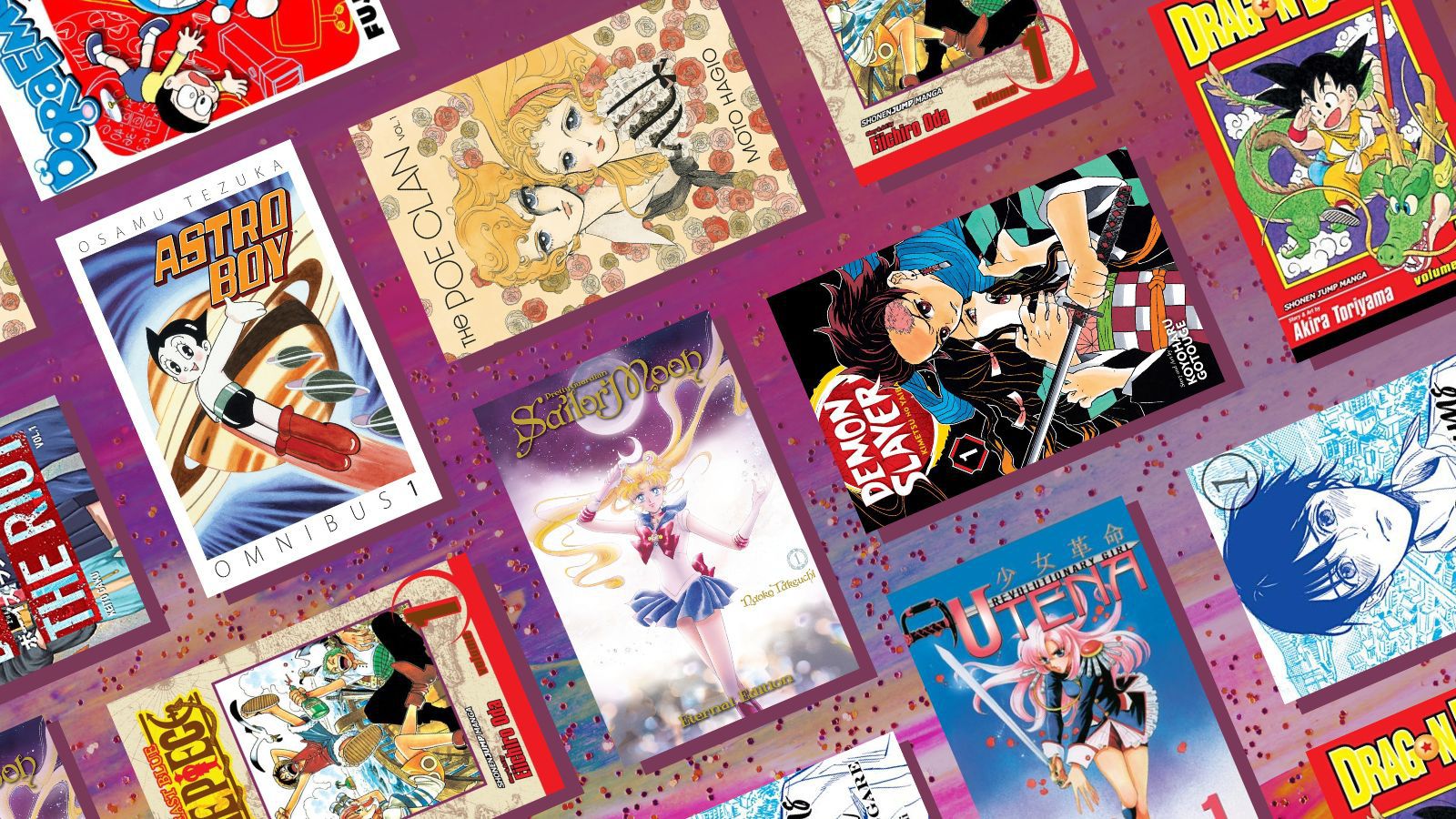The Most Influential Manga of All Time
In the world of Japanese literature, manga has long been a major player. People of all ages and backgrounds read manga, which includes a vast diversity of genres and subject matter — basically anything you can think of! Out of all the seemingly infinite options out there, there are of course those titles that have had a particularly significant cultural impact and contributed to the overall trends and direction of manga as a whole. Today, I’ve gathered some of these most influential manga to provide a snapshot of how the manga world has been shaped over the years.
Historically, the origins of manga can be traced back many centuries to various early forms of Japanese art, such as emakimono (illustrated scrolls) and kibyōshi (an early version of picture books). In the Edo period, ukiyo-e (woodblock prints) were particularly popular and can be considered another precursor to manga. One such example is the Hokusai Manga, a collection of sketches by the famous painter Hokusai. In this context, “manga” does not carry the meaning it does today, but is defined by Hokusai himself as “brush gone wild,” exhibiting a certain level of playfulness to the form. Kamishibai, a type of street theater from the early 1900s involving traveling storytellers who used illustrated boards, was another popular form of art that may have influenced early manga. Additionally, influence from U.S. comics, brought to Japan in the post-war era during the Allied occupation, is another potential thread leading to modern manga.
Whatever the true origin — likely a combination of all the above — manga as we recognize it today emerged in the post-war era and took off from there. The most influential manga span from those earliest, post-war years all the way to today, leading the art form in numerous directions to become the vast, varied wealth of possibilities that it is today.
The Most Influential Manga of All Time
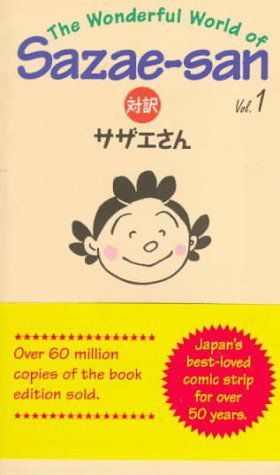
Sazae-san by Machiko Hasegawa (1946-1974)
One of the earliest examples of what we now recognize as modern manga, Sazae-san ran in a Japanese newspaper for nearly 30 years, and continues to be beloved today. Various aspects of the manga — particularly the yonkoma format and use of the kishōtenketsu structure, as well as its focus on daily life — make it a foundational work in shaping the trajectory of what was to come. The Sazae-san anime series, which began in 1969 and is still airing to this day, is the longest running animated show in history.

Astro Boy by Osamu Tezuka (1952-1968)
Known as “the father of manga,” Osamu Tezuka is recognized as a leading pioneer in the medium, as well as in animation. His art style became the basis for post-war manga and anime. Astro Boy, about an android with the appearance of a young boy and the ability to feel human emotions, is Tezuka’s most popular work. In 1963, Tezuka’s animation company adapted the manga into Japan’s first anime series.
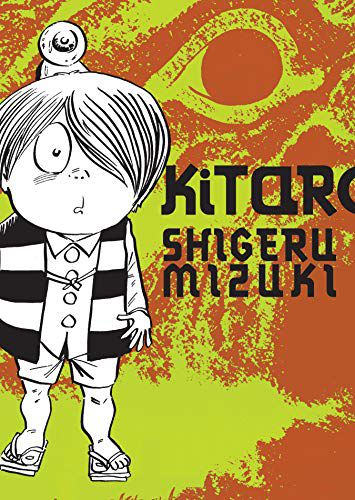
GeGeGe no Kitarō by Shigeru Mizuki (1960-1998)
Shigeru Mizuki, a great scholar of folklore and the creatures and spirits that appear in them, is known for popularizing yōkai with his comedy horror manga series. Mizuki based Kitarō on a kamishibai story from the 1930s, and produced a hit that has been adapted into anime, live action movies, and even video games. Today, the one-eyed ghost boy Kitarō and his yōkai companions are so well-known and recognizable that Mizuki’s hometown of Sakaiminato has a street called Kitarō Road lined with statues of the many creatures that appear in his stories.
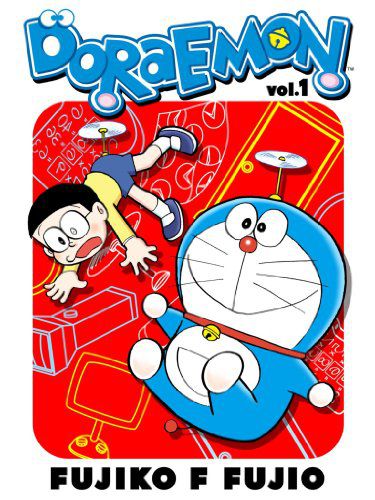
Doraemon by Fujiko F. Fujio (1969-1996)
Probably Japan’s leading children’s manga, Doraemon has spawned a huge media franchise that continues to be wildly popular to this day. A new feature length animated film has been released nearly every year since 1980! Doraemon himself, the earless robotic cat from the future, is a major cultural icon and was even named the first Anime Ambassador by the Ministry of Foreign Affairs of Japan in 2008.
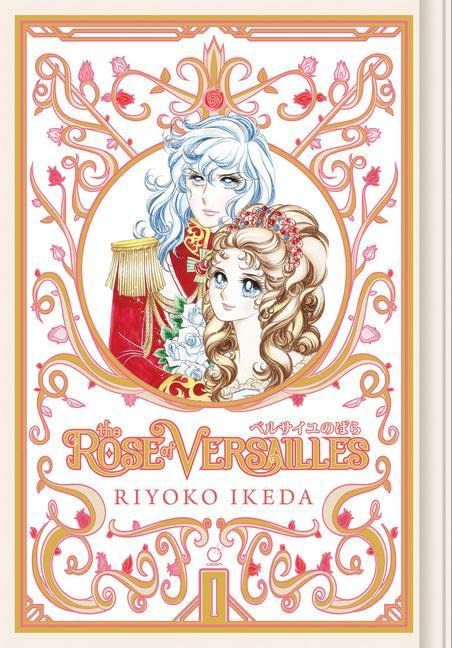
The Rose of Versailles by Riyoko Ikeda (1972-1973)
The ’70s marked the emergence of a golden age of shōjo manga, when a generation of female artists known as the Year 24 Group made their rise and took over what had previously been a male-dominated category. The Rose of Versailles was one of the manga that led this revolution, proving that shōjo manga could include complex social and political themes and be commercially successful among a much wider audience than before. The story takes place during the French Revolution and follows Marie Antoinette and Oscar François de Jarjayes, a fictional female commander of the Royal Guard. Ikeda’s work has also been a large influence on the rise and growth of yuri manga.
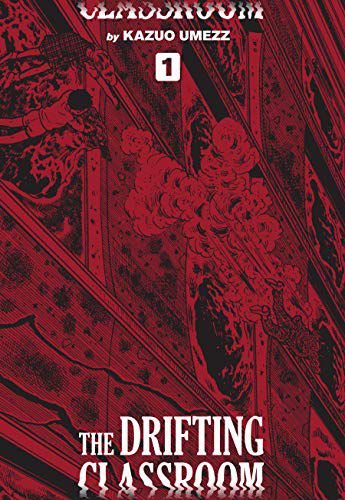
The Drifting Classroom by Kazuo Umezu (1972-1974)
Known as the “god of horror manga,” Kazuo Umezu has played a vital role in the development of horror manga over the years. The Drifting Classroom is one of his most popular and acclaimed series, containing his signature grotesque imagery and themes of intergenerational conflict. Umezu’s work is often cited as an influence by later generations of horror manga artists, including Junji Ito, one of the biggest names in horror manga today.
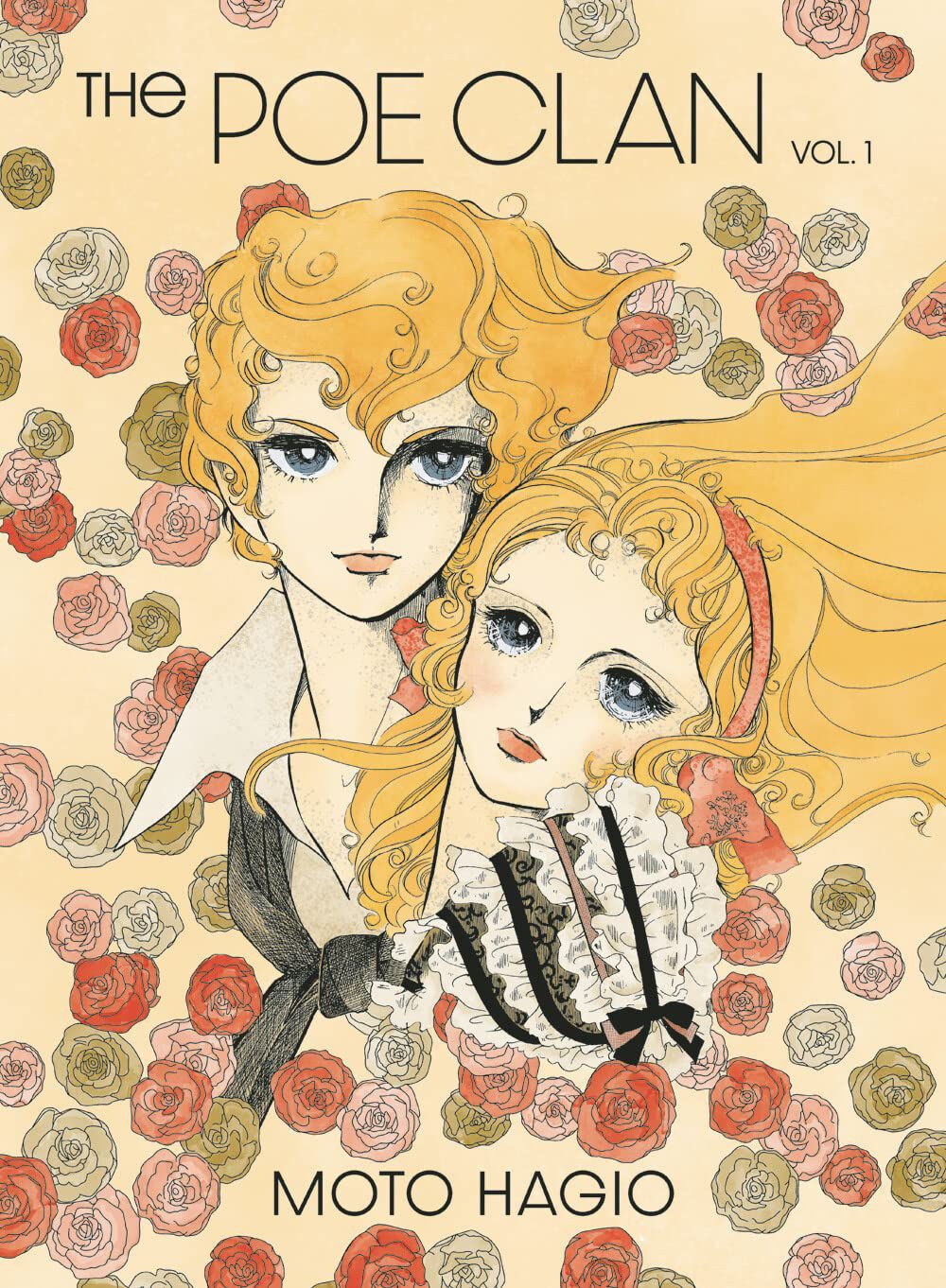
The Poe Clan by Moto Hagio (1972-1976)
Moto Hagio, one of the central members of the Year 24 Group and nicknamed the “god of shōjo manga” by critics, was another one of the first shōjo artists who was able to achieve more widestream success. The Poe Clan was one of her earlier series, and has had significant influence on the shōnen’ai sub-genre, as well as on vampire literature.
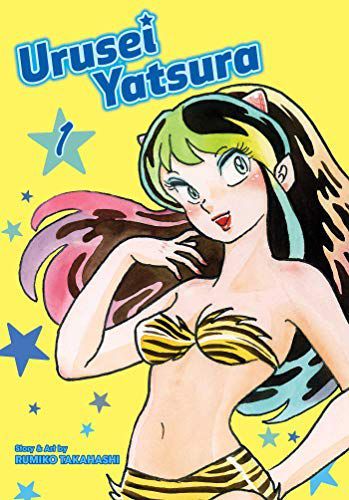
Urusei Yatsura by Rumiko Takahashi (1978-1987)
Yet another shōjo artist who was part of the Year 24 Group, Rumiko Takahashi is among the most successful and well-known mangaka. Urusei Yatsura is one of her earliest works, a science fiction romcom about a human boy and an alien girl who end up married due to a misunderstanding when the aliens attempt to invade earth. Takahashi is extremely widely acclaimed, not just within Japan, but also internationally, as many of her works have been translated. Among her extensive and hugely influential catalog are such series as Mermaid Saga, Ranma ½, and Inuyasha.
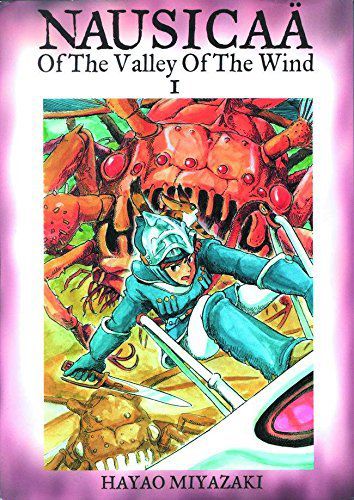
Nausicaä of the Valley of the Wind by Hayao Miyazaki (1982-1994)
Nausicaä of the Valley of the Wind was first a manga serialized in the magazine Animage. When the series proved to be popular, Miyazaki was approached to adapt it into an animation project, eventually leading to the feature film, which in turn led to the establishment of Studio Ghibli. And I don’t think I have to explain what a prominent role Studio Ghibli plays in the Japanese animated film world, do I?
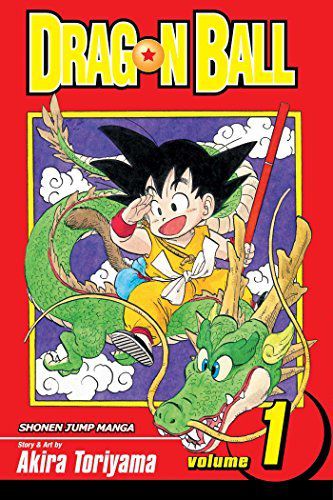
Dragon Ball by Akira Toriyama (1984-1995)
Dragon Ball is credited as one of the reasons manga circulation was at an all-time high in the ’80s and ’90s. Based on the classical Chinese novel Journey to the West, the story follows Son Goku on his quest in search of the magical orbs known as Dragon Balls. Dragon Ball, of course, carries huge cultural clout in Japan — there is even an officially-recognized “Goku Day” on May 9th — but it has also had immense impact globally.

Banana Fish by Akimi Yoshida (1985-1994)
Centered around street gangs in 1980s New York City, Banana Fish marked another shift in the expectations of shōjo manga. With its realistic art, violence and action, and dark themes, it attracted many male readers and became a huge crossover success. The series has also been particularly influential on the BL sub-genre.

Chibi Maruko-chan by Momoko Sakura (1986-2022)
Chibi Maruko-chan is a sweet and humorous slice-of-life story of a mischievous young girl and her family living in the ’70s in the Japanese suburbs. It is a semi-autobiographical series, with various stories inspired by events in the author’s own life, and the nostalgia and sincerity of the series made it a huge hit. Maruko is another widely-recognized character in Japan, with an anime series that has been on the air since the ’90s. Though the manga itself is not available in English, the anime series has an official Youtube channel where they share episodes dubbed in various languages for international viewers to get a taste of Maruko’s adventures!
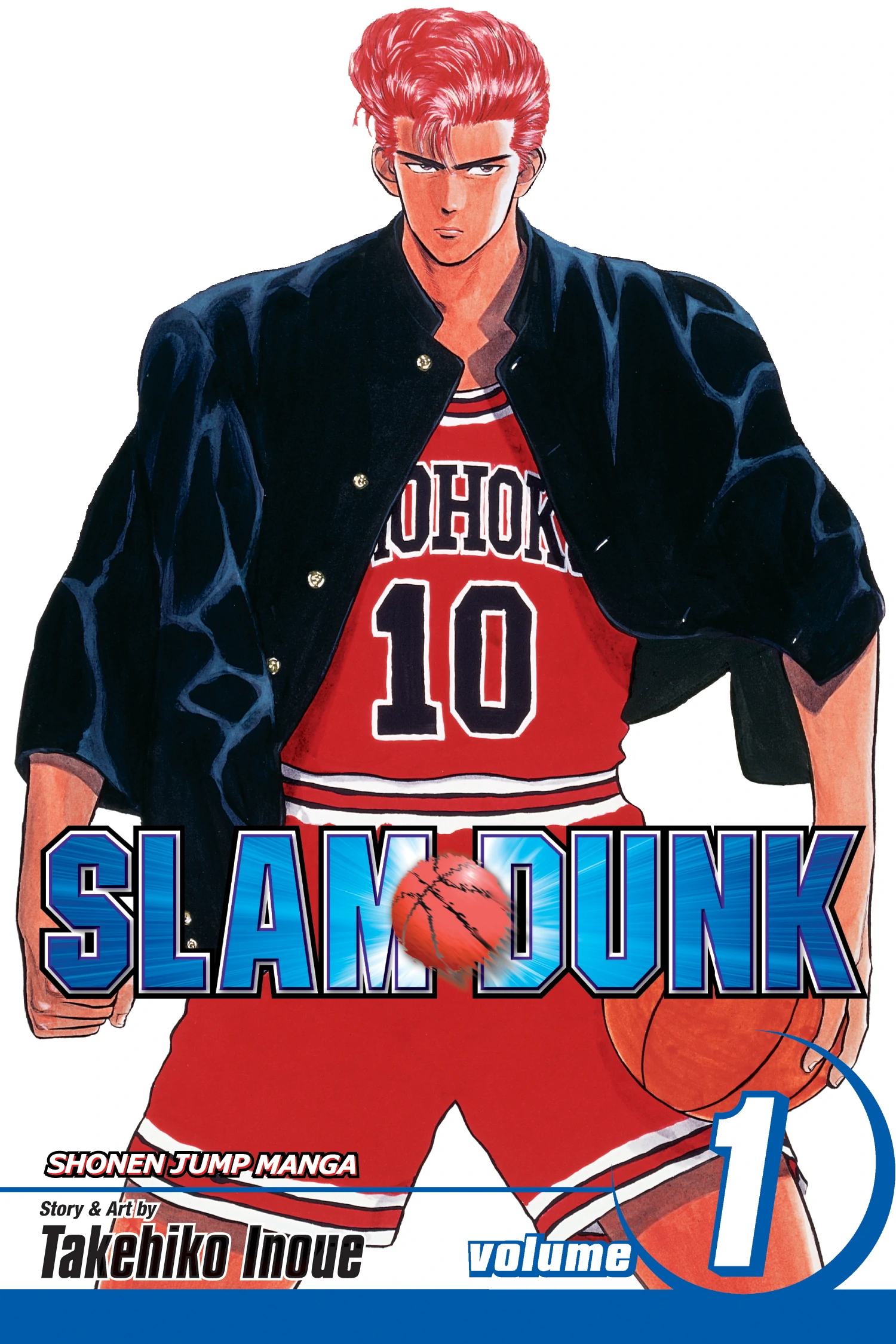
Slam Dunk by Takehiko Inoue (1990-1996)
The biggest sports manga in history, Slam Dunk’s influence is not only palpable in Japanese media and pop culture, but it also inspired an entire generation of Japanese youth to pursue basketball, which had been unpopular before. To this day, the series remains beloved and is constantly referenced and parodied. In December 2022, an animated film titled The First Slam Dunk was released in Japan, the first new adaptation in over 25 years. It has been a major box office hit and proven that the story of Hanamichi Sakuragi continues to be relevant and powerful across generations.
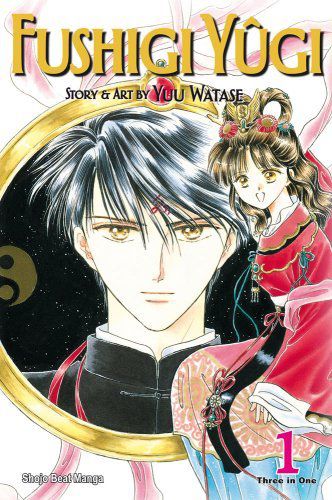
Fushigi Yûgi by Yuu Watase (1991-1996)
Based on the Four Symbols, which are creatures of Chinese mythology, Fushigi Yûgi is another best-selling shōjo series. Two students, Miaka and Yui, are transported to ancient China after reading a mysterious library book and must embark on a mission to save the kingdom. The story is an exemplary blend of fantasy, action, comedy, and romance. It has been adapted into various media, including not just anime and light novels, but also stage plays and musicals.
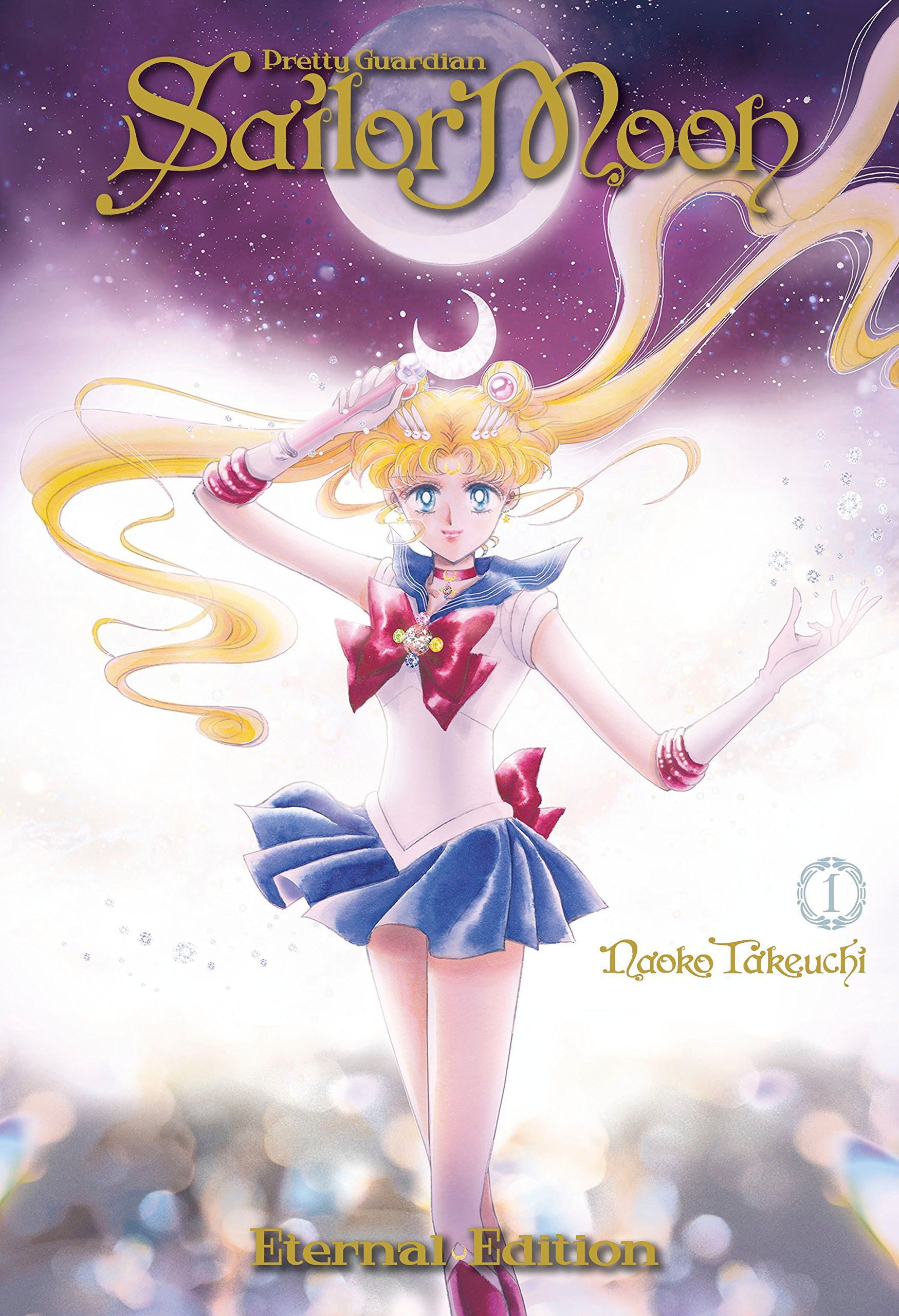
Sailor Moon by Naoko Takeuchi (1991-1997)
Before Sailor Moon, the magical girl genre was all about girls with magic powers causing trouble and humorous hijinks. But by bringing in the idea of transforming heroes from male-targeted shows like Kamen Rider, this series changed the genre to be about powerful girls who worked together and fought evil.
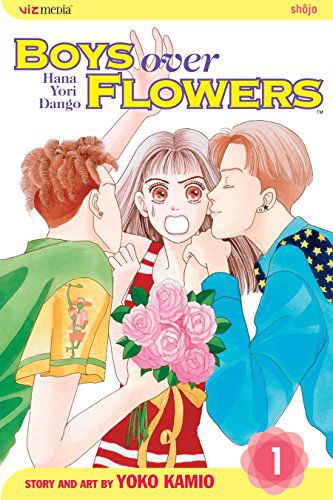
Boys Over Flowers by Yoko Kamio (1992-2004)
In a market dominated by shōnen manga, Boys Over Flowers made record-breaking sales to become the best-selling shōjo manga of all time. An enemies-to-lovers romance between the tough and hard-working Tsukushi Makino and her arrogant and short-tempered classmate Tsukasa Dōmyōji, the series is a huge phenomenon not just in Japan, but throughout Asia. It has been adapted many times in many countries, and continues to be popular and well-recognized.

Case Closed by Gosho Aoyama (1994-present)
Case Closed, also known as Detective Conan, is one of the longest-running manga series, with over 100 tankōbon volumes having been released so far. It centers around a boy detective who solves crimes that law enforcement can’t crack. Having begun during a time of recession and rising crime shortly after Japan’s economic bubble burst, the series gained widespread popularity as readers wished to escape from the country’s turmoil. The series and its long-running anime adaptation have both had huge impacts on various trends in Japanese media.
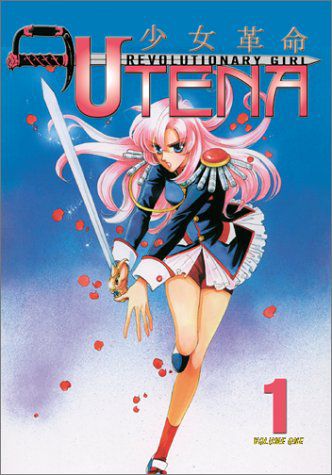
Revolutionary Girl Utena by Chiho Saito (1996-1998)
Revolutionary Girl Utena was both an anime and manga that were produced simultaneously, about Utena Tenjou, a teenage girl who enters a sword-dueling tournament to win the hand of a mysterious girl called the “Rose Bride.” The series is widely recognized and acclaimed for its deconstruction of various fairy tale and shōjo tropes, as well as its approach to LGBTQ+ themes. Numerous animated series of more recent years have cited it as an inspiration.
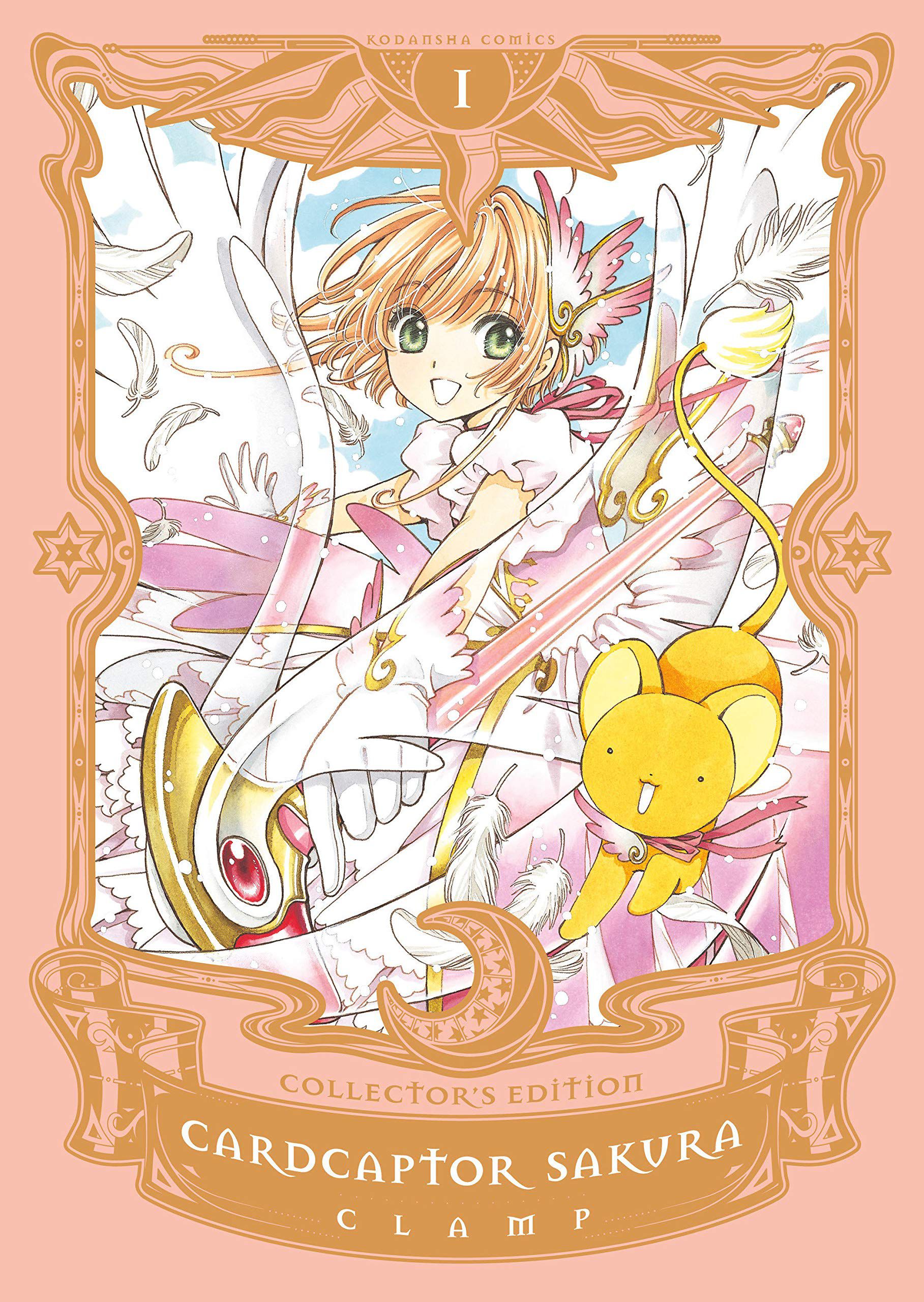
Cardcaptor Sakura by CLAMP (1996-2000)
The female mangaka group CLAMP is one of Japan’s most acclaimed and beloved artist groups, and their works are said to have been a big part in bringing the manga boom to the United States. They create stories for both shōnen and shōjo categories, incorporating a balanced combination of themes and styles from both into their work, which has led to their appeal among a wide readership. Cardcaptor Sakura, about a young girl who must retrieve magical cards that have been released into the world, is one of their most notable works. Other hits they’ve created include xxxHolic, Chobits, Magic Knight Rayearth, Tsubasa: Reservoir Chronicle, and more.
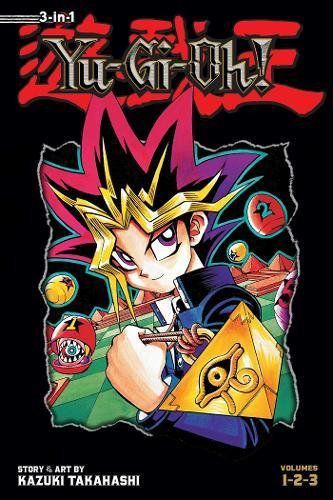
Yu-Gi-Oh! by Kazuki Takahashi (1996-2004)
As a child, I remember Yu-Gi-Oh! being one of the first times I saw a piece of Japanese media that was so universally popular and known among my American peers. And as one of the highest-grossing media franchises in the world, the ubiquity certainly makes sense. By portraying the idea that anyone can become a hero through games as opposed to real physical fighting, many young readers were introduced to gaming culture. The card game based on the one depicted within the series was recognized in 2011 by Guinness as the world’s top selling trading card game.

One Piece by Eiichiro Oda (1997- present)
At a whopping 105 tankōbon volumes and still going strong, One Piece is one of the longest running shōnon manga and the best-selling manga in history. The extensive series follows the adventures of Monkey D. Luffy and his crew of Straw Hat Pirates on his quest to find the treasure known as the “One Piece” and become the King of Pirates. The series, both as a whole and by individual volumes, has broken numerous sales and publishing records. Many critics consider it one of the best manga of all time, and almost every aspect of the series has received great praise, from its worldbuilding to its characters to its humor and so on.
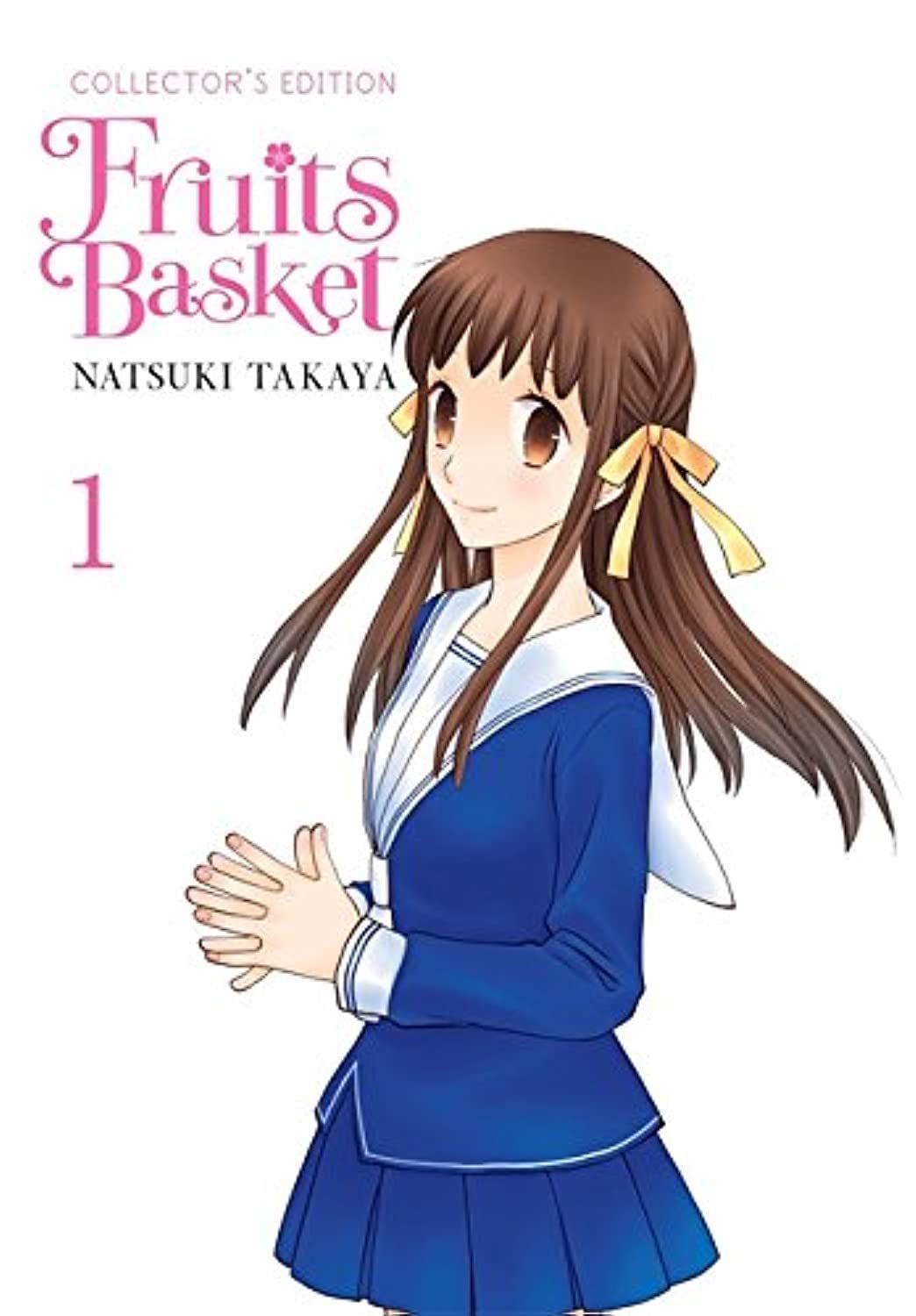
Fruits Basket by Natsuki Takaya (1998-2006)
A beloved classic of shōjo manga, Fruits Basket is the story of Tōru Honda, an orphan girl who discovers that the family she has been taken in by is cursed, with each member possessed by a different Chinese zodiac spirit. Tōru attempts to help the family in finding a way to break the curse. This is another series that has seen massive success not just in Japan, but overseas as well. Takaya has been praised for her complex storytelling that combines both drama and more light-hearted themes, as well as for her ability to beautifully capture characters’ emotions with minimal dialogue. It’s a story that many readers have been able to relate to and treasure over the years.
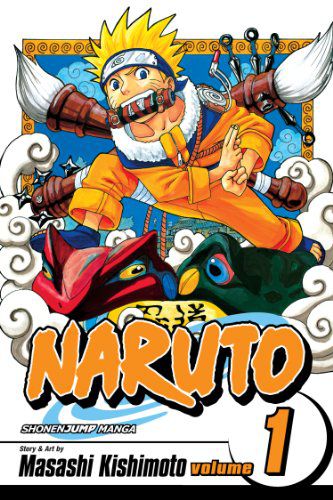
Naruto by Masashi Kishimoto (1999-2014)
Personally, the influence and pervasiveness of Naruto is very much apparent in my everyday life. I’m an educator by day, and I can’t tell you just how many of my students are completely obsessed with it (mostly the anime, but still!). It is a classic of shōnen coming-of-age stories, about the young Naruto, who is on a journey to become the strongest ninja. Being about ninja, the story has helped to popularize and spread understanding of Japanese culture and mythology globally.

Fullmetal Alchemist by Hiromu Arakawa (2001-2010)
Fullmetal Alchemist received many accolades over its run, and continues to be a favorite among many readers. The story follows the brothers Edward and Alphonse on their journey to find the Philosopher’s Stone in order to restore their bodies after an attempt to use alchemy goes sideways. The story contains rich social commentary, with Arakawa taking particular inspiration from the conflict between the Japanese and the Ainu (a people indigenous to Hokkaido).
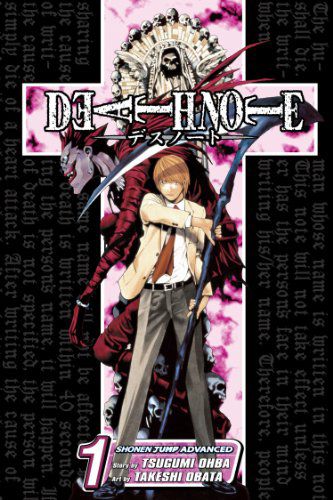
Death Note by Tsugumi Ohba and Takeshi Obata (2003-2006)
I know I’m not alone in my love for dark stories and deep, complex examinations of morality and justice, and Death Note is undoubtedly one of the big names in manga that hit hard on these themes. While it is considered one of the best manga in history, it has also been the center of controversies for its violence and supposed negative impact on children, which certainly seems to be a rite of passage, if a completely unnecessary and ridiculous one, for many groundbreaking and influential works of art.
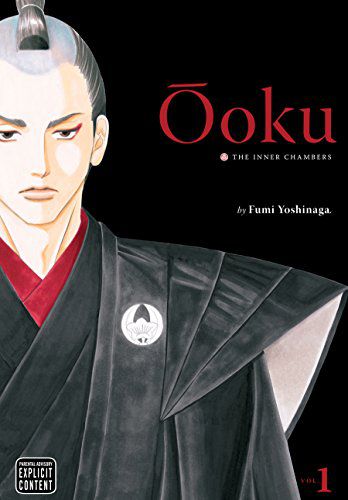
Ōoku by Fumi Yoshinaga (2004-2020)
Ōoku is an alternate history manga, imagining Edo-period Japan if it was swept with a fatal disease that only targets the male sex, transforming Japanese society into a matriarchal one out of necessity. The series is not only an incredible exploration of gender roles and power, but it’s also just a hell of an entertaining ride full of political intrigue, history, and romance. An incredibly popular series in Japan, it has generated numerous hit screen and stage adaptations.
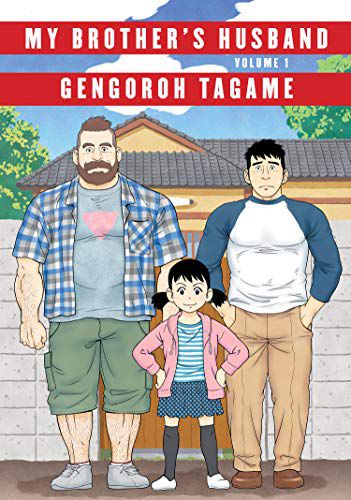
My Brother’s Husband by Gengoroh Tagame (2014-2017)
Gengoroh Tagame is regarded as perhaps the most influential artist in gay manga. The prolific artist began contributing to various BL and gay men’s magazines under pseudonyms in the 1980s, and eventually co-founded the gay men’s magazine G-men in the mid-’90s. Most of Tagame’s work is erotic and pornographic, but My Brother’s Husband is his first work aimed at general audiences. It tells the story of a single father and his daughter meeting his deceased brother’s Canadian husband. The story is all at once heart-wrenching, uplifting, and thought-provoking, and is an honest and stunning look at homophobia in Japan.
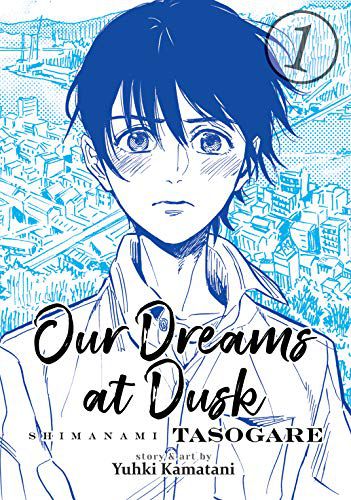
Our Dreams at Dusk by Yuhki Kamatani (2015-2018)
At his lowest moment, closeted gay high schooler Tasuku happens upon an inclusive and peaceful “drop-in center” that serves as a sanctuary for people dealing with similar struggles as he is. Creator Yuhki Kamatani is X-gender (a term used in Japan for nonbinary identity) and asexual, and this series reflects some of their own struggles with identity as a teenager. It compassionately and tactfully depicts a cast of characters with various LGBTQ+ identities, and is an important portrayal of Japan’s queer community. The series was a jury selection at the 22nd Japan Media Arts Festival and was highlighted in their 2020 online exhibit on manga that tackled issues of diversity and inclusion.

That Time I Got Reincarnated as a Slime by Fuse and Taiki Kawakami (2015-present)
Adapted from a light novel series, That Time I Got Reincarnated as a Slime is the story of an average salaryman who is killed and reincarnated as a magical slime in a fantasy world. The isekai genre has been enjoying a massive boom in recent years, and this popular series is one of the works that has really contributed to the genre’s rise.
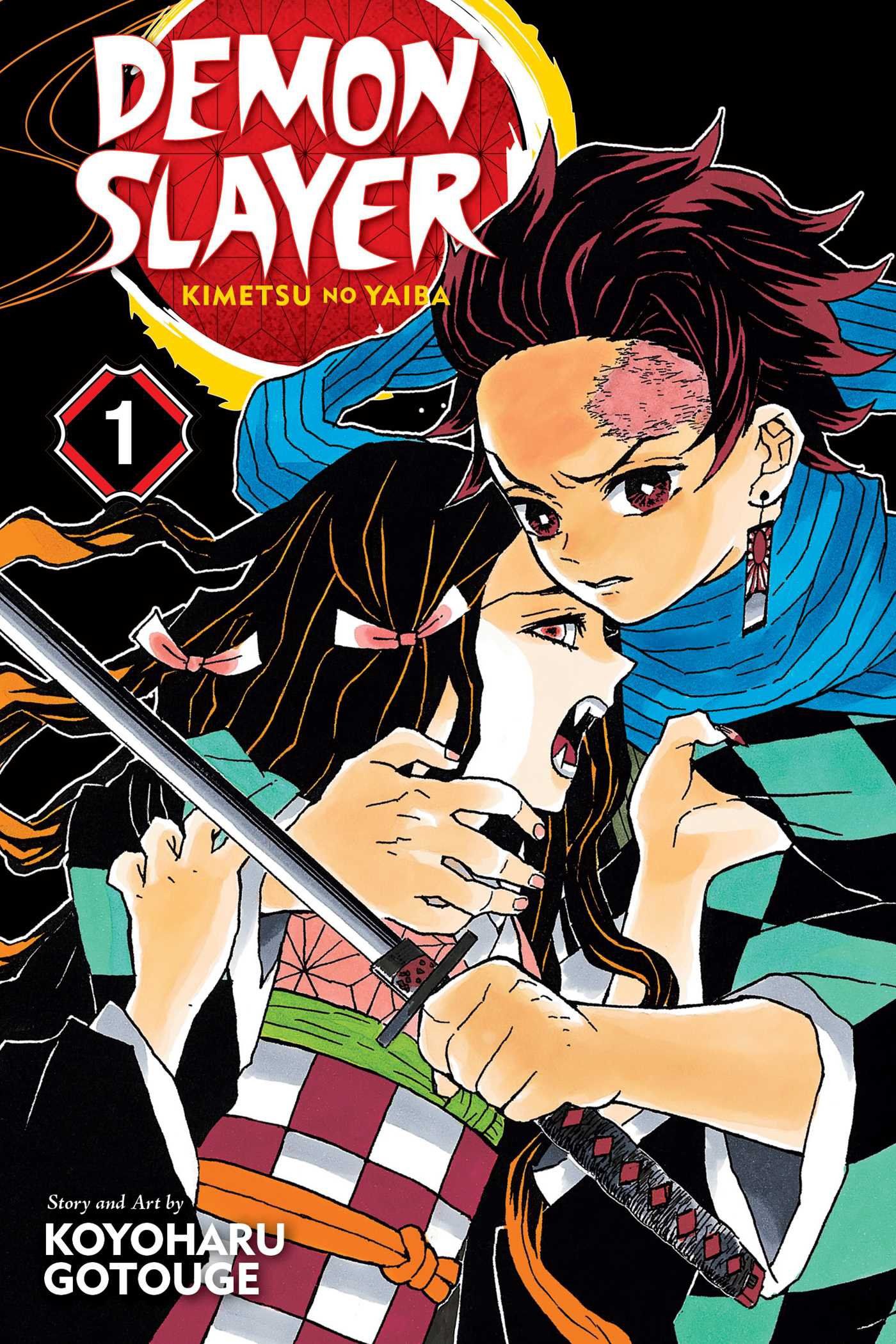
Kimetsu no Yaiba by Koyoharu Gotouge (2016-2020)
No one can deny the absolute cultural phenomenon Kimetsu no Yaiba was, and continues to be. And it’s not just manga readers who love it! The franchise as a whole is now a ubiquitous cultural touchstone in Japan. Mugen Train swiftly became the country’s highest grossing film of all time — during a pandemic! — beating out Spirited Away, the long-time resident of that number one spot. I have zero question in my mind that the series’s influence will continue to be felt, and that the industry will be looking for the “next Kimetsu no Yaiba” for years, and even decades, to come.
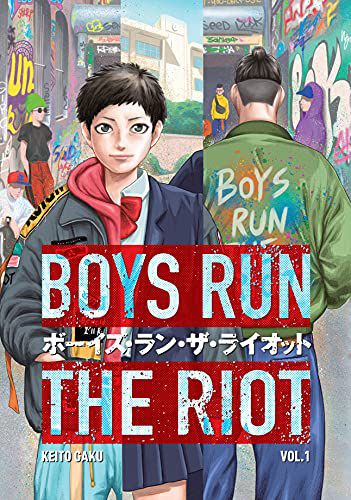
Boys Run the Riot by Keito Gaku (2020)
This last pick is quite recent, and admittedly may be more of a wishful addition to this list. But it’s definitely worthy of inclusion! This thoughtful and groundbreaking series, about a trans high school student who finds the freedom to express himself by creating a fashion brand with his friend, is one that I hope helps in opening more doors for transgender stories in Japan and the manga world.
To get a deeper look at the best and most influential manga in the different demographic categories, check out our individual guides on each:
And of course, make sure to check our list of the best manga, and the rest of our manga archives!
